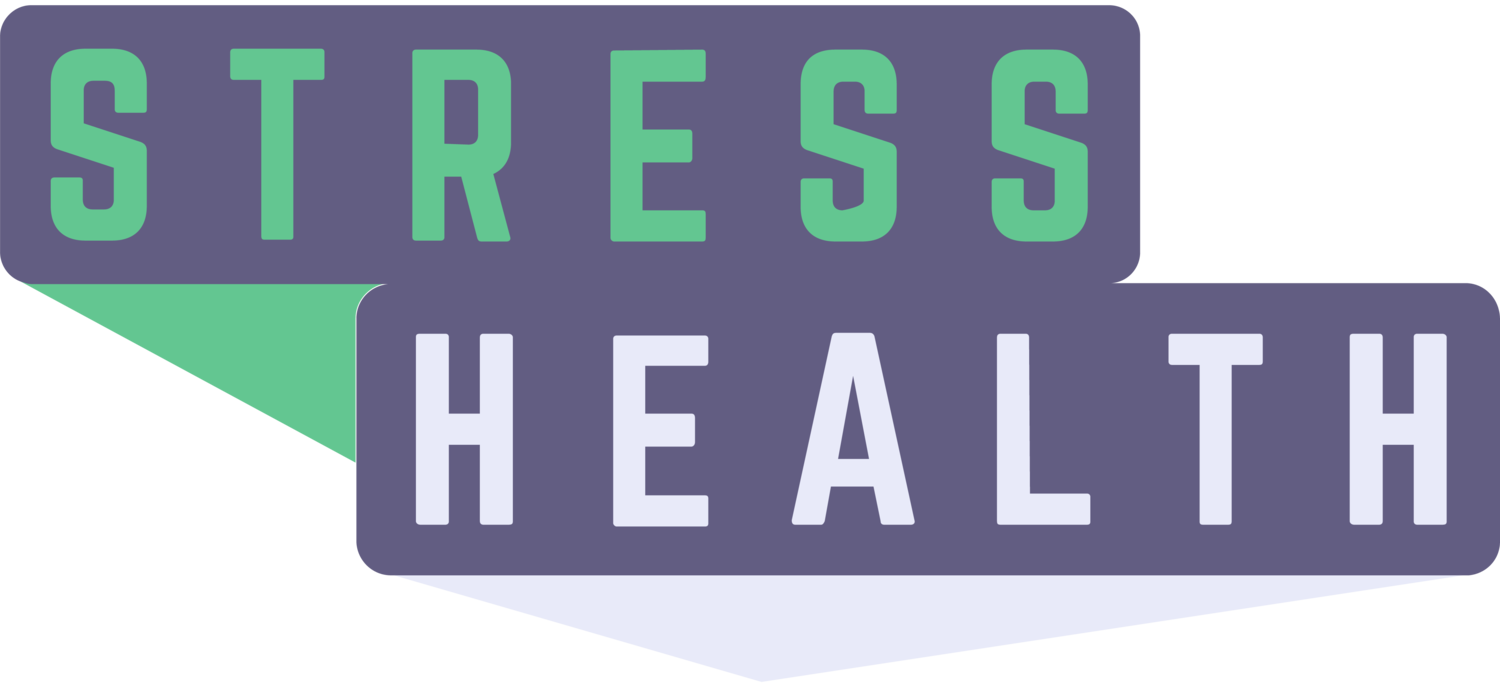Yoga at School: Reducing Toxic Stress in Students
For kids who can’t afford yoga classes, an innovative nonprofit named Headstand has been taking yoga directly to them for the last decade.
“Powerful as a lightning bolt” is how one 10-year-old boy said he felt after his Headstand yoga session at his urban school.
In other responses documented by Headstand, another boy, also 10, said he felt peaceful inside instead of “crazy and hyper.”
In one yoga class, a teacher asked the students to visualize a waterfall as a way to ease stress and anxiety. One fifth-grade girl said she felt peaceful and light after imagining her own waterfall: one that was clear and shiny with a koi fish swimming in it. Another imagined a waterfall whose drops were falling on snow at night: “It was so beautiful...I was so calm.”
Yoga may be especially good for kids with ACEs, short for Adverse Childhood Experiences, such as abuse, neglect or parental divorce. The toxic stress from such trauma can undermine kids’health over a lifetime if it goes unaddressed. Among other things, it deregulates a child’s natural stress response, which can result in attention and learning problems. The good news? Like healthy relationships, nutrition, sleep and exercise, yoga and other mindfulness practices can help restore self-regulation and a normal stress response.
“Just breathe”
Headstand, based in San Francisco, aims to combat toxic stress in disadvantaged kids and teens through mindfulness, yoga and “character” sessions on kindness, grit and optimism. Since its launch in 2008, Headstand has reached more than 10,000 students and teachers nationwide.
Classes include stretching, poses, breathing, and techniques to reduce stress and anxiety. Preliminary research suggests that children in the classes are better prepared to learn, both physically and emotionally.
From all accounts, yoga is a practice that students have quickly embraced. “If I didn’t have yoga, I’d probably go back to the way I was a long time ago,” a curly-haired teen at a San Lorenzo, Calif. school told an interviewer. “I was very stressed, and I had a lot of anger issues. But yoga has really calmed me down.
“If you feel stressed” – he shrugged and inhaled deeply--“just breathe.”
What parents can do
If yoga and a calmer child sound appealing, you may want to ask your children’s school or afterschool coordinators to consider offering a school yoga program. Headstand is scaling down its program temporarily, but other programs include Little Flower Yoga’s The School Yoga Project (New York), Yoga4Classrooms (New Hampshire-based national program), Yoga Child’s in-school yoga and mindfulness classes (Philadelphia), and many others.
According to Miami University, researchers have linked yoga and other mindfulness programs in the schools to reduced stress, depression symptoms and self-harm, and well as a boost in well-being and self-compassion.
Here are some ways parents can get involved:
Teach your kids “mindful breathing” to relax. If they’re on the verge of a meltdown, try 4 for Calm Breathing.
Try “bubble science” breathing for the little ones. Blowing bubbles is a fun way to calm down with “low and slow” breaths.
Check out fun yoga poses for small children. (Poses such as Cat or Downward Dog tends to be especially popular, since many little ones have seen the family pets doing these stretches.) And keep things lively and age-appropriate: For preschoolers, 10 seconds of meditation is just fine.
References
Felver, J.C. (2017, July 26). Book Review: Mindfulness and Yoga in the Schools: A Guide for Teachers and Practitioners. Canadian Journal of School Psychology.
School-Based Mindfulness Interventions. (2015, April). Ohio AWARE Information Brief.
Center for School-based Mental Health Program, Miami University. Retrieved from http://resources.oberlinkconsulting.com/uploads/infobriefs/Final_Mindfulness_Brief_No_3.pdf

